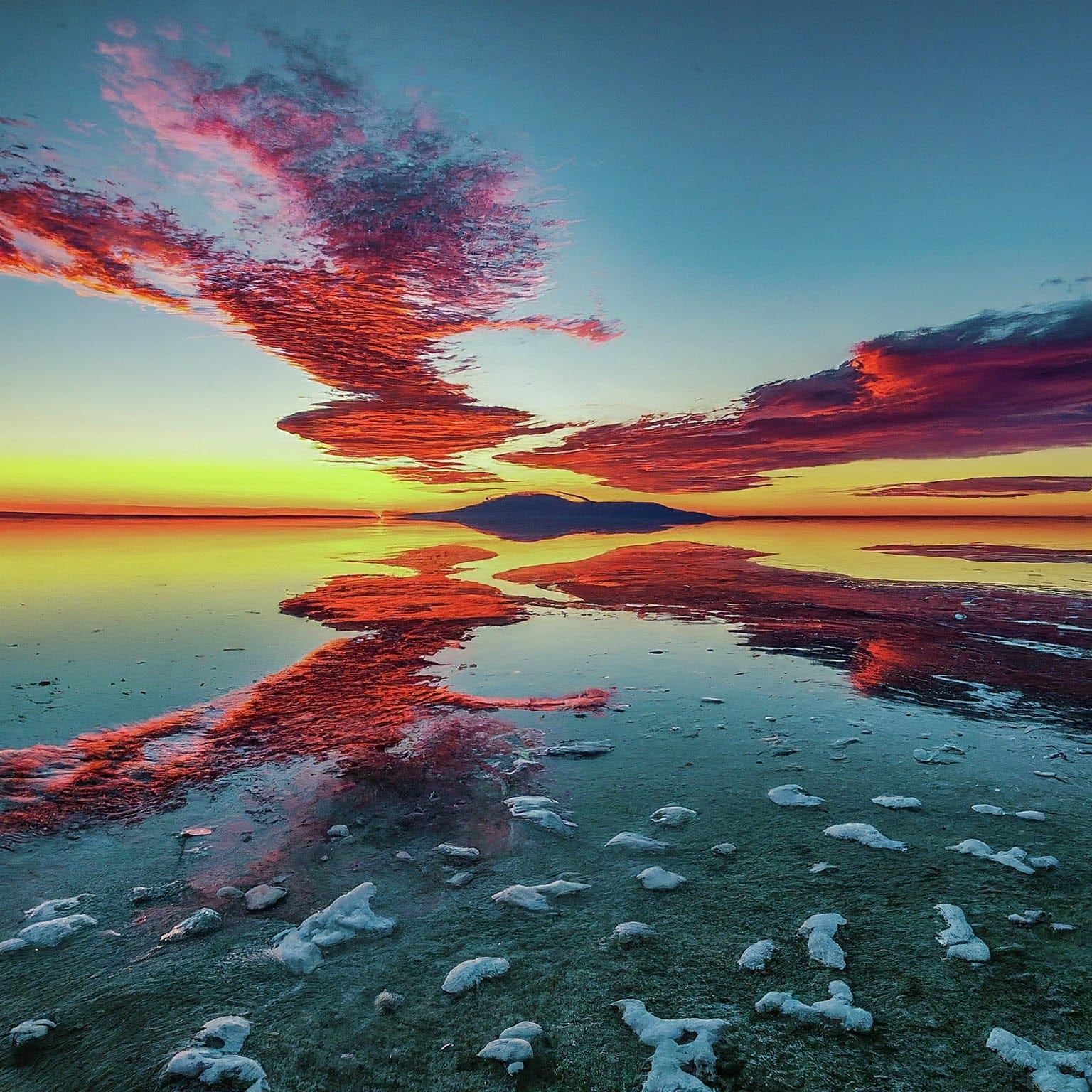The Great Salt Lake Literature
The Great Salt Lake is the largest saltwater lake in the Western Hemisphere and the eighth-largest terminal lake in the world. It lies in the northern part of the U.S. state of Utah and has a substantial impact upon the local climate, particularly through lake-effect snow. It is a remnant of Lake Bonneville, a prehistoric body of water that covered much of western Utah.
Books about The Great Salt Lake
The Great Salt Lake Fun Book: A Fun and Educational Book About The Great Salt Lake
The Great Salt Lake Water Safety Coloring Book
The Great Salt Lake Safety Book: The Essential Lake Safety Guide For Children
The Great Salt Lake Vacation Super Coloring Book
Here’s a summary of what makes the Great Salt Lake special:
- Size and Location: The Great Salt Lake is roughly 75 miles long and 35 miles wide, with a surface area of approximately 1,699 square miles. It is located in the northern part of Utah, bordering Salt Lake City to the west.
- Salinity: The Great Salt Lake is much saltier than the ocean, with an average salinity of about 30%, making it even saltier than the Dead Sea. This high salinity makes it difficult for most organisms to live in the lake, but it also creates a unique ecosystem that supports brine shrimp and other specially adapted creatures.
- History: The Great Salt Lake is actually the remainder of a much larger prehistoric lake called Lake Bonneville. At its greatest extent, Lake Bonneville spanned 22,400 square miles, nearly as large as present-day Lake Michigan, and roughly ten times the area of the Great Salt Lake today. Bonneville reached 923 ft (281 m) at its deepest point and covered much of present-day Utah and small portions of Idaho and Nevada during the ice ages of the Pleistocene Epoch.
- Economy: The Great Salt Lake contributes significantly to Utah’s economy. The mineral-rich waters support various industries, including the extraction of minerals such as magnesium chloride, potassium sulfate, and sodium chloride (table salt). Additionally, the lake supports tourism and recreation, with visitors enjoying activities like boating, bird watching, and visiting historical sites around the lake.
- Environmental Challenges: The Great Salt Lake is facing several environmental challenges, including water diversion for human use and climate change. These factors have caused the lake’s water level to decline significantly in recent decades, raising concerns about the future of the lake’s ecosystem and its impact on the surrounding environment.
Overall, the Great Salt Lake is a fascinating and vital part of Utah’s geography, history, and economy. However, it faces significant challenges, and efforts are underway to conserve and protect this unique natural treasure.
Summary

Article Name
The Great Salt Lake
Description
The Great Salt Lake
Author
Kayak Lanternhead
Publisher Name
www.lakefun.com
Publisher Logo

